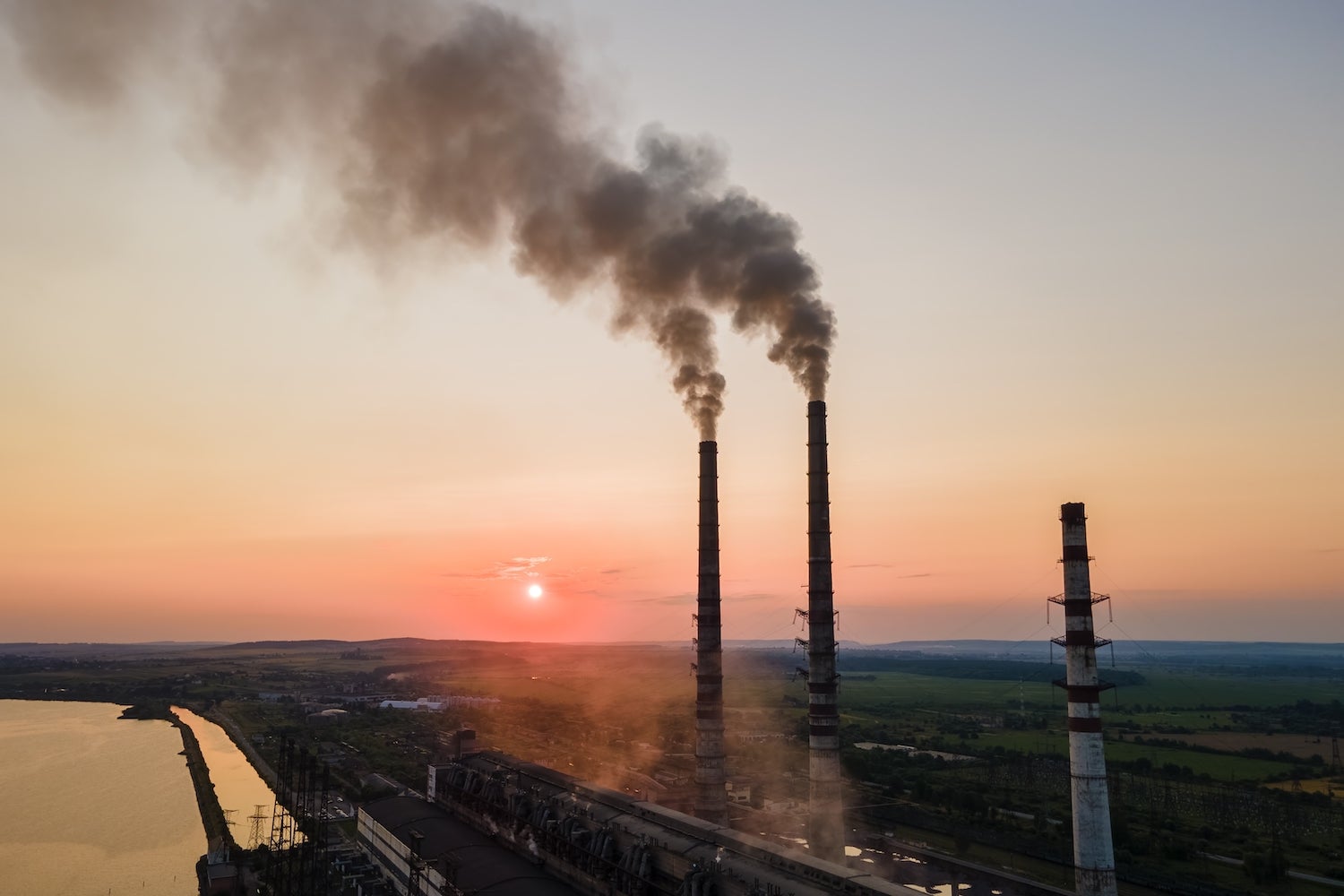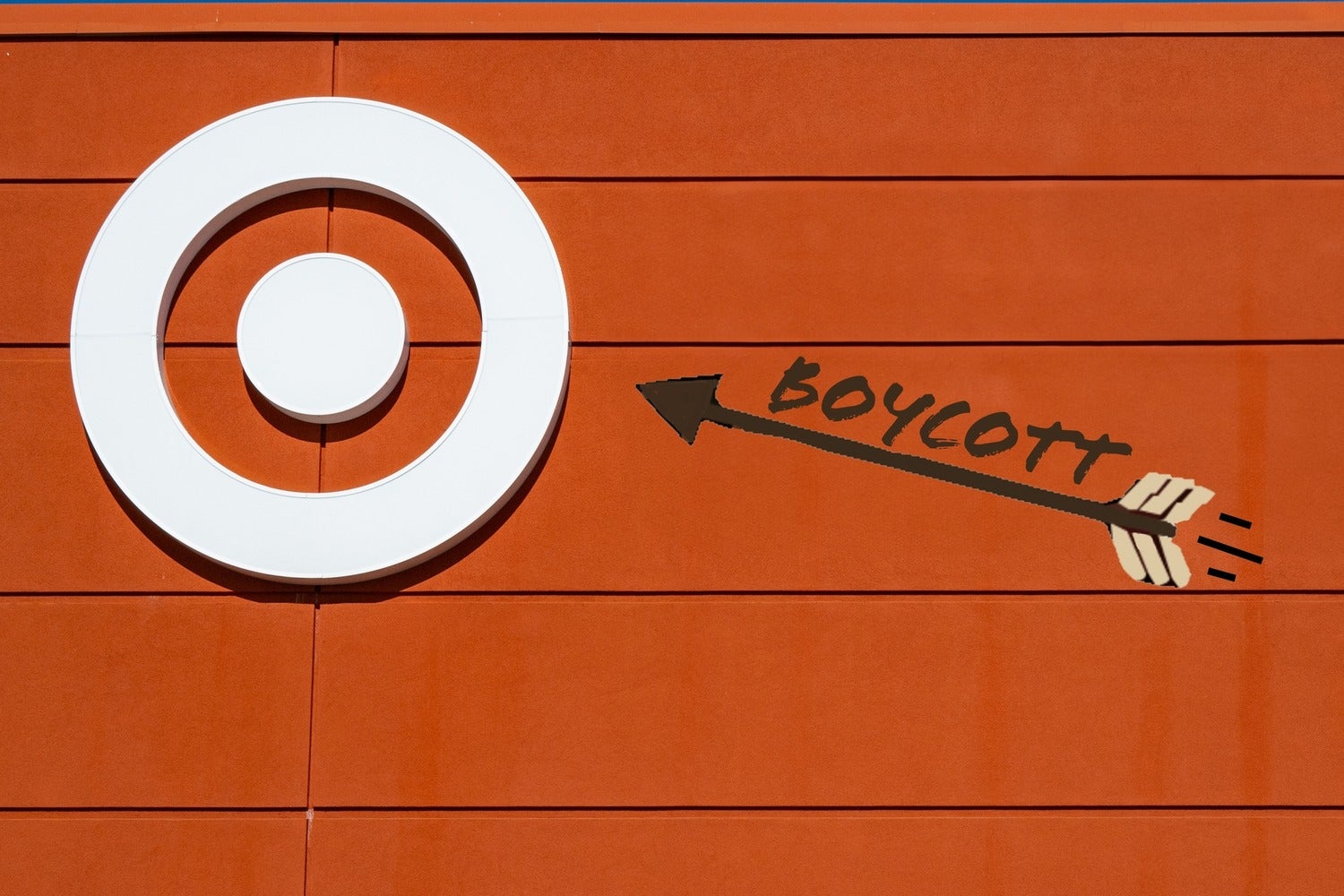Hey team, and welcome back to one5c! Ghostbusters easily ranks among my top five favorite movies. My brother and I watched it ad nauseam as kids, fashioned proton packs out of cereal boxes and paper snakes, and debated who among the foursome we most wanted to be like. (Egon, of course.) I still love it as an adult, though I eventually noticed something I hadn’t before: The EPA were the bad guys; they were the ones who shut down the chamber that kept all the baddies bottled up.
This realization flipped my brain inside out, which is a feeling I had again last week, when the new EPA administrator took aim at dozens of regulations designed to keep our air and water clean and the planet from overheating. “This doesn’t mean the EPA is the bad guy,” I told myself. “Don’t confuse the agency with the man in charge.” What that means is we can push for the man in charge to be held accountable for what he’s up to. Our first digest item from Audrey has one way to get that done. —Corinne
WHAT WE’RE INTO THIS WEEK
By Audrey Chan

Action alert
What you can do about the EPA rollbacks
Last week, EPA chief Lee Zeldin drove “a dagger straight into the heart of the climate change religion” (his words), announcing plans to scrap 31 environmental standards, including those aimed at curbing emissions from power plants, cars, and more. He’s also going after the Greenhouse Gas Reporting Program, which requires heavy emitters like industrial gas suppliers to report GHG emissions to the EPA, and the 2009 Endangerment Finding, which classifies carbon dioxide, methane, nitrous oxide, and other pollutants as public health threats. The EPA doesn’t have a clear timeline for these changes: Axing the reported rules will likely be a complicated process slowed by lawsuits. During this pivotal time, you can let your representatives know you want them to exercise their power of oversight and demand they hold hearings. The 5 Calls app will let you know who to ring, and even give you a phone script to follow.
Study guide
Climate change is making space super crowded
Greenhouse gases don’t warm everything. While they heat the Earth’s surface, they actually cool the upper parts of the atmosphere, where most of our satellites orbit—including those supporting critical internet and weather forecasting services. Normally, the temperature up there keeps things dense enough to slow down space debris, so it can get pulled back to Earth where it burns up on reentry. But a new study in Nature Sustainabilityfound that these atmospheric layers are cooling and thinning more than they used to, weakening this natural force. That means space junk stays in orbit longer, cluttering the areas where satellites can operate safely, which is particularly troublesome considering that we’ve launched more satellites in the last five years than in the preceding 60 years. The study predicts that by the end of this century, available space in low Earth orbit could shrink anywhere from one-third to 82%, depending on how much carbon we keep emitting.
Consume this
The best bidet for every bum
Jetting from place to place is one of the most carbon intensive things that anAmericans are making the switch to bidets more than ever, and for good reason: Cleaning with water uses far less H2O than it takes to produce the toilet paper needed for the average bathroom visit—and, of course, also way fewer trees. A refreshing rinse is also more hygienic than wiping with TP. Bidet sales have surged since COVID lockdown, and with countless products on the market, from simple spritzers to high-tech seats, it can be tough to choose. We put six bidets to the test, assessing the bum-washing bona fides, family-friendliness, and the sustainability of the companies who make them. Our winning model can attach to 95% of toilets, was the most comfortable and customizable, and sprayed all the right spots.
Greenwatch
The beef industry knew about its climate impacts all along
A new study in Environmental Research Letters has found that American beef producers have misled the public about their climate impacts since at least 1989. It wasn’t until 2006 that the U.N.’s Livestock’s Long Shadow report found that cattle and dairy production accounted for 18% of global greenhouse gas emissions. The industry’s response? It funded research that challenged the findings, leading to a revised estimate of 14.5% in a later report. In a separate study published in Climate Policy, researchers traced the meat industry’s efforts to derail campaigns like Beyond Beef and Meatless Monday––causing advocacy groups to switch their calls to cut meat for arguments to simply “eat more plants.” According to that study, if American consumers had halved their beef consumption around 30 years ago, up to 13 gigatonnes of planet-heating gases could have been avoided between 1992 and 2023, or around 8.6% of the total carbon socked away in the Amazon.
MIC-DROP CLIMATE STAT
Two-thirds
The portion of global power that could be supplied by rooftop solar, according to a new study in Nature Climate Change. Ready to panel your roof? Check out our guide to getting started with rooftop solar.
IS THIS HELPING?
What makes a boycott work
By: Tyler Santora

Lately, boycotts have gotten a lot of press—from Target and Tesla and Amazon, to Canadians swearing off American goods and the national economic blackout day on Feb. 28. A boycott is when consumers refuse to purchase from a company that’s doing something unethical to try to force a change in policy, and it’s unique from other protesting actions because it leverages the purchasing power of the little guy. But do boycotts really spark change?
Some do; many don’t. Brayden King, a management professor at Northwestern University who researches boycotts, says that only 1 in 4 boycotts that reach national attention convince the company in question to change its policies. Still, boycotts are one of the best ways for the everyday person to put pressure on businesses. They’ve led to some very big wins throughout history, from the famous Montgomery bus boycott that ended with the desegregation of public transit, to a boycott of Ivanka Trump’s fashion label that actually shuttered the business in 2018.
What makes a boycott successful
There’s no perfect formula for an effective boycott, especially in the digital age. But there are some commonalities between the biggest winners. When there’s so much climate-concerning news going on in the world, aligning your dollars with your morals is more important than ever.
There’s a clear reason for the boycott. Effective boycotts “appeal to people’s conscience by laying bare the company’s wrongdoing,” says Paul Koku, a professor emeritus of marketing at Florida Atlantic University who researches boycotts. Convincing someone not to buy something they want requires an appeal to their conscience, he says—and for the argument to be convincing enough for them to not only say they support the boycott, but to also stick to it. It took decades for a boycott against South African goods (combined with other protests) to end apartheid in the country; although the effort began in 1959, a survey found that more than 1 in 4 Brits were engaging in it by 1986.
Organizers have specific demands. Boycotts are almost never enough to topple a company, so instead, the best ones push for specific policy change. The Target boycott, for example, demands that the company bring back its DEI practices. The goal of the Amazon boycott is much less clear. Is it for tax evasion, workers’ rights, environmental issues, DEI practices, or something else entirely? Without a clear message, change isn’t likely to happen.
Consumers are actively involved. Unfortunately, there’s no magic number for how many people need to participate in a boycott for it to work, Koku says, but the more the merrier. One caveat: The people who participate need to be folks who actually patronize the company to begin with. It’s great to say you won’t shop at Walmart until it brings back its DEI practices, but it doesn’t help much if you didn’t shop there to begin with. It helps when organizers offer alternatives for boycotted products or companies. To get folks on board with ditching their daily Starbucks, for example, it helps to point out that Dunkin’ or Peet’s Coffee are still on the table.
Patience. Most boycotts aim to hurt a company’s profits or stock value by withholding purchases. But that’s not the only possible goal. Another common—and effective—strategy is to attack a brand’s reputation. To make the most impact, boycotters must come out swinging while the cause is still in the news cycle—but also hold the line, Koku says. Take the 1965 Delano grape strike and boycott led by Cesar Chavez, for which the strike lasted five years and the boycott lasted two before grape growing companies gave in to union demands for workers’ rights.
